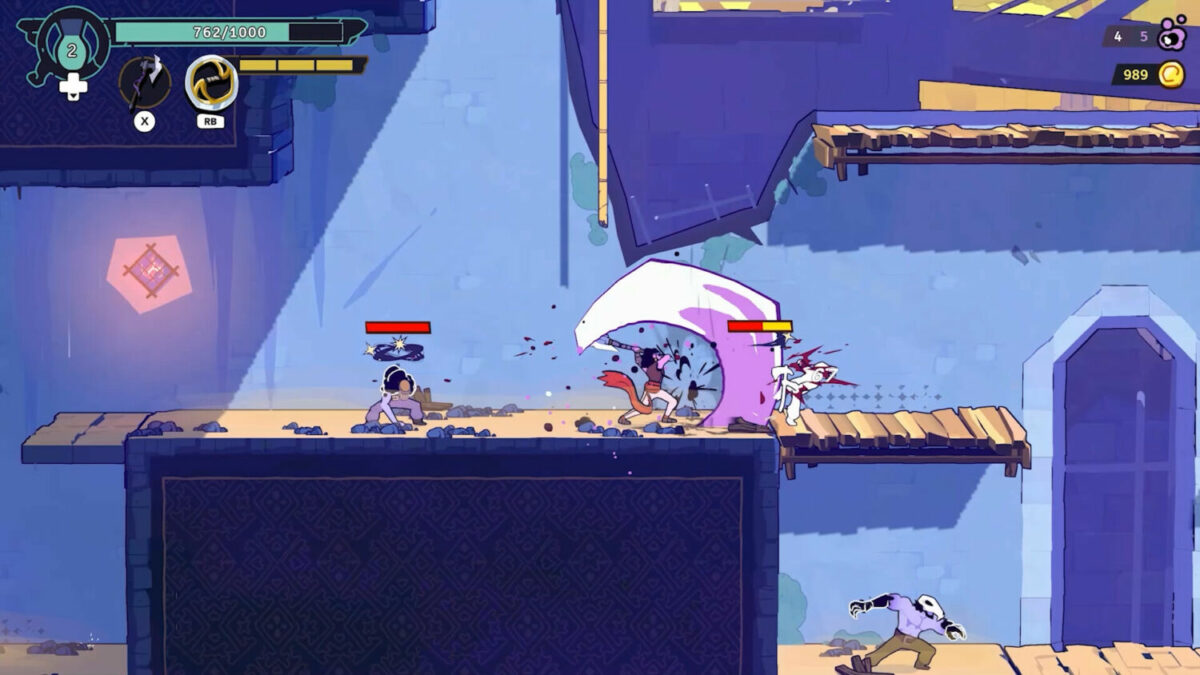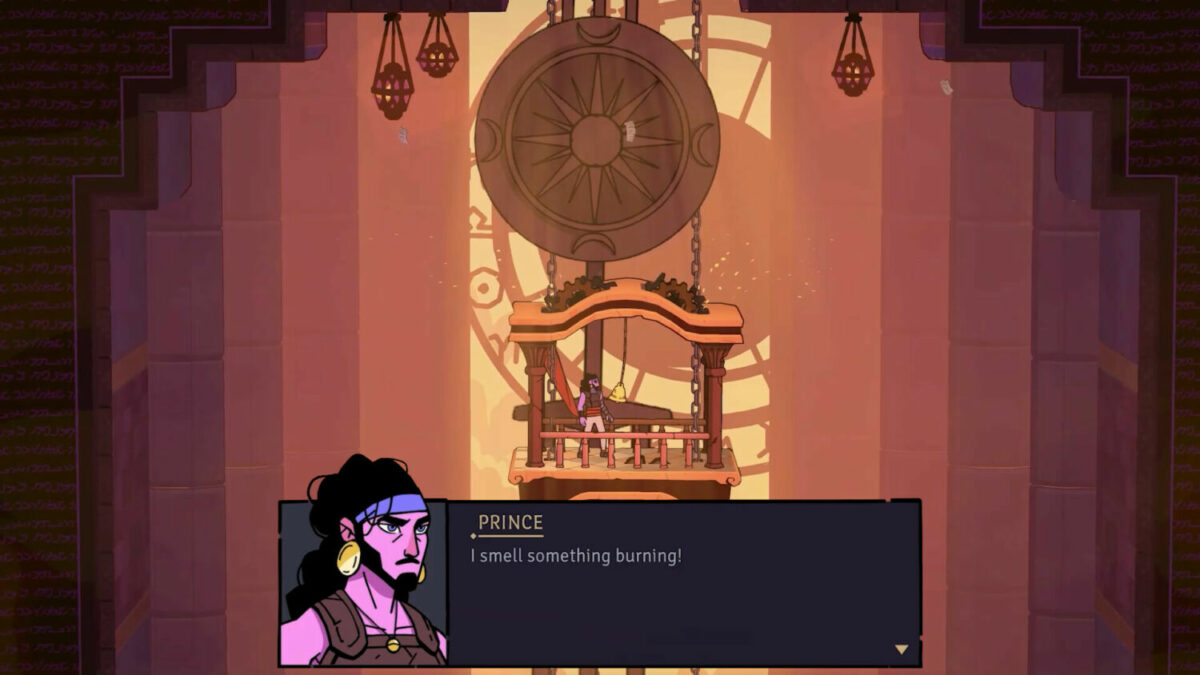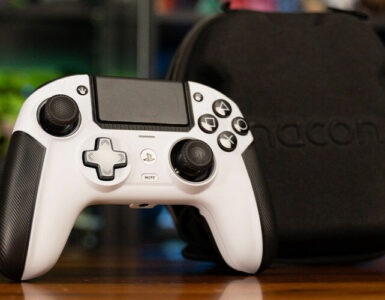Originally released for the Apple II back in 1989, side-scrolling platform action game Prince of Persia turned into a massive franchise that has since spawned a reboot, a modern reimagining, a movie and now, a game that shares visual and gameplay elements, along with a name to the original, but with no actual connection to the original whatsoever. Developed by Evil Empire (a development team that spun out of Motion Twin, the studio behind Dead Cells) and published by Ubisoft, The Rogue Prince of Persia leaps into the early access scene with the kind of gusto that demands attention, even if it did look before leaping.
Initially scheduled for release via Steam’s early access programme on 14 May 2024, the launch was postponed to avoid conflict with the surprise release of Supergiant Games’ Hades II on 6 May. However, The Rogue Prince of Persia is a different beast. Like Prince of Persia: The Lost Crown earlier this year, this game harkens back to the franchise’s 2D side-scrolling platformer roots, but instead of Metroidvania elements, The Rogue Prince of Persia opts to go down the roguelike/lite route instead, and the Dead Cells DNA is readily apparent.

From the moment you step into the shoes of the titular Prince, The Rogue Prince of Persia throws you into a labyrinth of procedurally generated levels teeming with deadly enemies and captivating corners to explore. It’s a testament to the game’s slick level design and tight controls that moving around the environments never feels boring. Indeed, one of the most satisfying moments of the game comes from using a combination of wall running and jumping to scale up a level while dispatching enemies in one swift acrobatic motion.
Notably, players can occasionally find traversal rooms that they can enter. These self-contained rooms present more challenging obstacles and platforming puzzles to overcome, with a reward waiting at the end. The game’s responsive and fluid movement mechanics mean that every perfectly timed run, swing, and lunge is within your grasp — if you have the skill.

Combat feels equally engaging, offering a bunch of ways to tackle the various enemies that litter a level. In addition to short and long-ranged weapons, the Prince can dodge and kick enemies, sending them flying off ledges, into other enemy groups, or into environmental hazards. Each weapon and power-up discovered along the way offers unique advantages and strategies, encouraging players to experiment and find their perfect playstyle.
Visually, The Rogue Prince of Persia is a wonderful treat. Its detailed comic book-like art style breathes life into a mysterious world with vivid colours and smooth animations. The game employs a striking contrast of hues enhanced by the unique thick-and-thin black outlines characteristic of cel-shaded artwork. Each biome is meticulously crafted, offering distinct aesthetics that build upon the game’s expansive world and narrative. The atmospheric soundtrack, featuring frenetic strumming and synth beats reminiscent of Middle Eastern streets, perfectly complements the visuals, setting a lively mood fit for the adventure.

Being in early access, The Rogue Prince of Persia is not without its rough edges. There are noticeable loading times, of between four to six seconds between each level, taking away from the game’s momentum. In addition, the framerate dips significantly during loading screens such as when entering the first biome and after a death. Thankfully, these take place at the bookends of a gameplay session, so it doesn’t really affect the actual meat of the game.
Furthermore, the game could certainly benefit from more variety. The touted procedurally generated levels are designed to keep the gameplay fresh and exciting, pushing players to adapt and refine tactics with each attempt. Yet, there were instances where levels in a new run felt familiar and repetitive. While the game currently features eight main weapons, six long-range tools, and 30 trinkets, which grant and enhance the Prince’s abilities, there’s a similar yearning for more diversity when the same few weapons and trinkets tend to appear a bit too frequently.

Other quibbles include the inability to save in the middle of a run and the lack of a meaningful story. The Rogue Prince of Persia sees the Prince on a fairly straightforward mission to defend his people from the shamanic Huns. Interacting with non-player characters, particularly across runs, very quickly hits a wall and leads them to repeat the same dialogue.
Moreover, as a roguelite, there aren’t many opportunities to power up your character outside of runs. Sure, you can craft new weapons and tools that will show up in your journey, as well as pick between two paths to start your run, but there’s little else to do in the hub area that the Prince awakens in after each death. The progression comes from mastering the controls and simply getting better at the game.
Overall, these are minor hiccups, and Evil Empire is committed to expanding the game with regular updates. If the extensive content and responsiveness to player feedback seen in Dead Cells are any indication, there’s a bright future ahead for The Rogue Prince of Persia. It will be interesting to see how the game evolves throughout its time in early access as it progresses towards its full release.
GEEK REVIEW SCORE
Summary
Even in its early access state, The Rogue Prince of Persia is already a compelling experience. With its exhilarating movement, dynamic combat, and vivid visuals, it’s a game that both challenges and rewards in equal measure.
Overall
7.3/10-
Gameplay - 8/10
8/10
-
Story - 5/10
5/10
-
Presentation - 8/10
8/10
-
Value - 8/10
8/10













